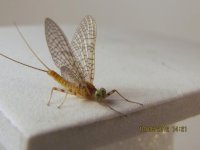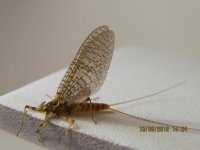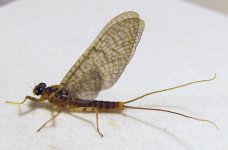DoubleHaul
DoubleHaul
Doing so research & seems the science guys are calling it this way. march brown & grey fox are the same species.
My question is do the anglers agree?
DH
My question is do the anglers agree?
DH
Science mite say that they are one in the same but they are totally different colors.DNA never lies and DNA says they are the same species. But that doesn't mean you can't tie the Gray Fox a different color than the March Brown. For whatever the reason is - time of year they hatch, one is a sub-species, or whatever, they appear to the eye to be two different species, but science now tells us they are one and the same.
Same species doesn't mean they're not significantly different. Don't forget that chihuahuas, great danes, and poodles are the same species. There can be a lot of variation between different populations of the same species.
Also when the populations become separated either geographically or by behavior differences (such as timing of reproduction), they generally become increasingly different until they are eventually different species. It could be that March Browns and Grey Foxes are in the process of splitting but aren't quite there yet.
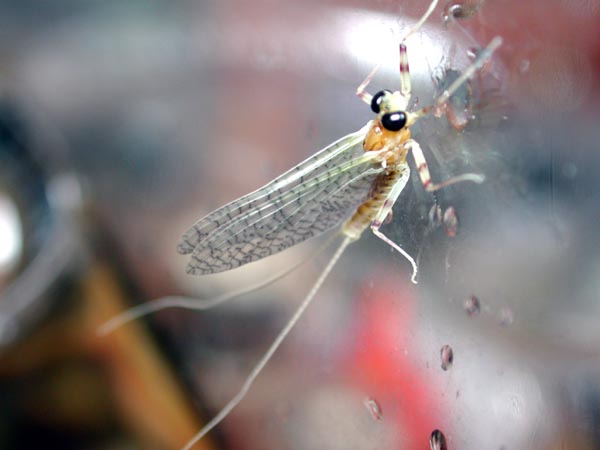
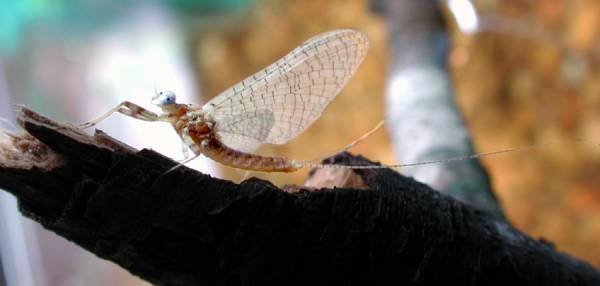
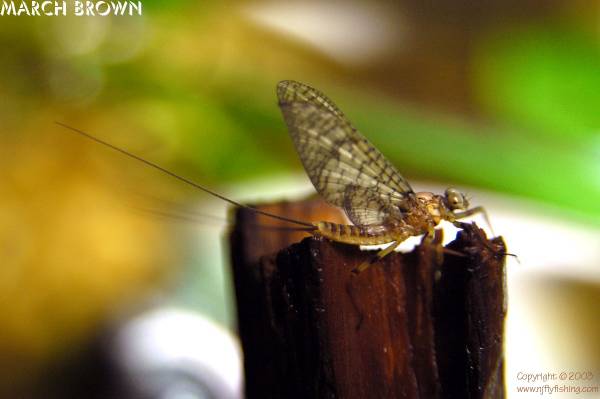
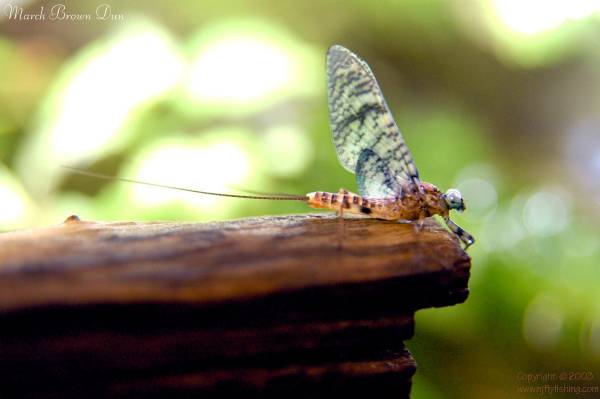
Hours upon hours. You watch their behavior in the tank (and I should have documented it). You think their going to hatch then they don't. The worst is when you watch them for hours and you just have to leave for a little while, then you come back and have 10 of them all hatched up. Now that's annoying!That video is nothing short of amazing! How long did you have to sit there and wait for that to happen?
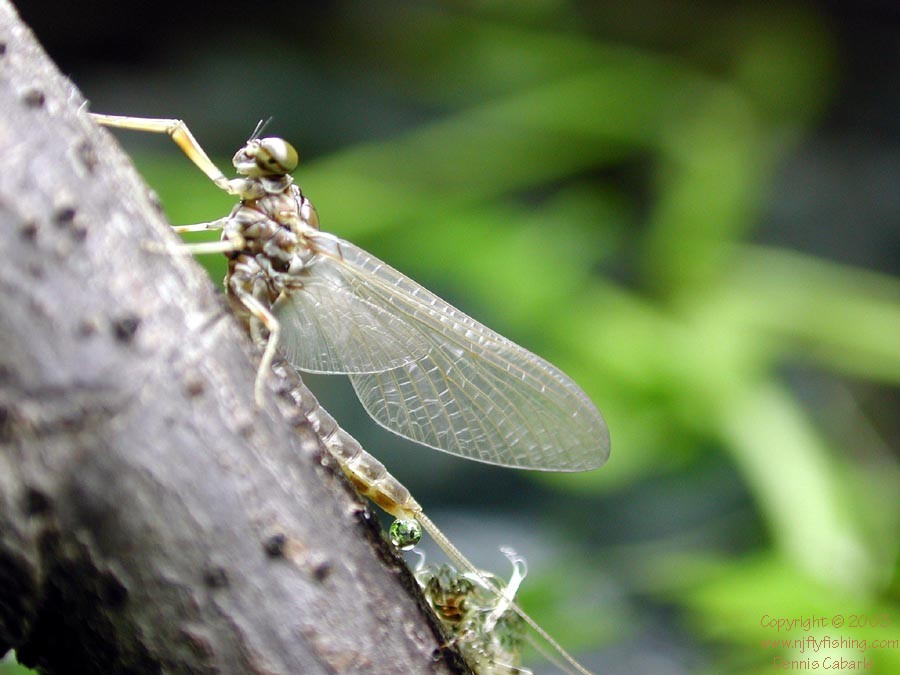
You ain't gonna find this kind of quality on any other forum.
Cdog
Same family, but different species as far as I can tell. American March Brown is known as Stenonema Vicarium, and the Grey Fox is known as Stenonema Fuscum.
Both Stenonema vicarium and Stenonema fuscum were RE-classifed some years ago as the same species… Maccaffertium vicarium. Many others were as well (for example: Ephemerella rotunda and E. invaria have been combined into one species… E. invaria).
I don’t know why this happens… I guess once a century they like to really “get nuts” at the Society of Entomologists Convention. :smiley-sniffer:
Great fun for them, makes a mess out of some classic fly fishing reference books though.
I guess it’s not that big a deal (Gray Fox or March Brown)… other than being different colors and sizes at all stages of the insect… they’re practically identical!
Reminds of that movie Twins… with Arnold and DeVito. :-D
Silly bastards...don't they have anything better to do than to render all my Entomology books useless?
